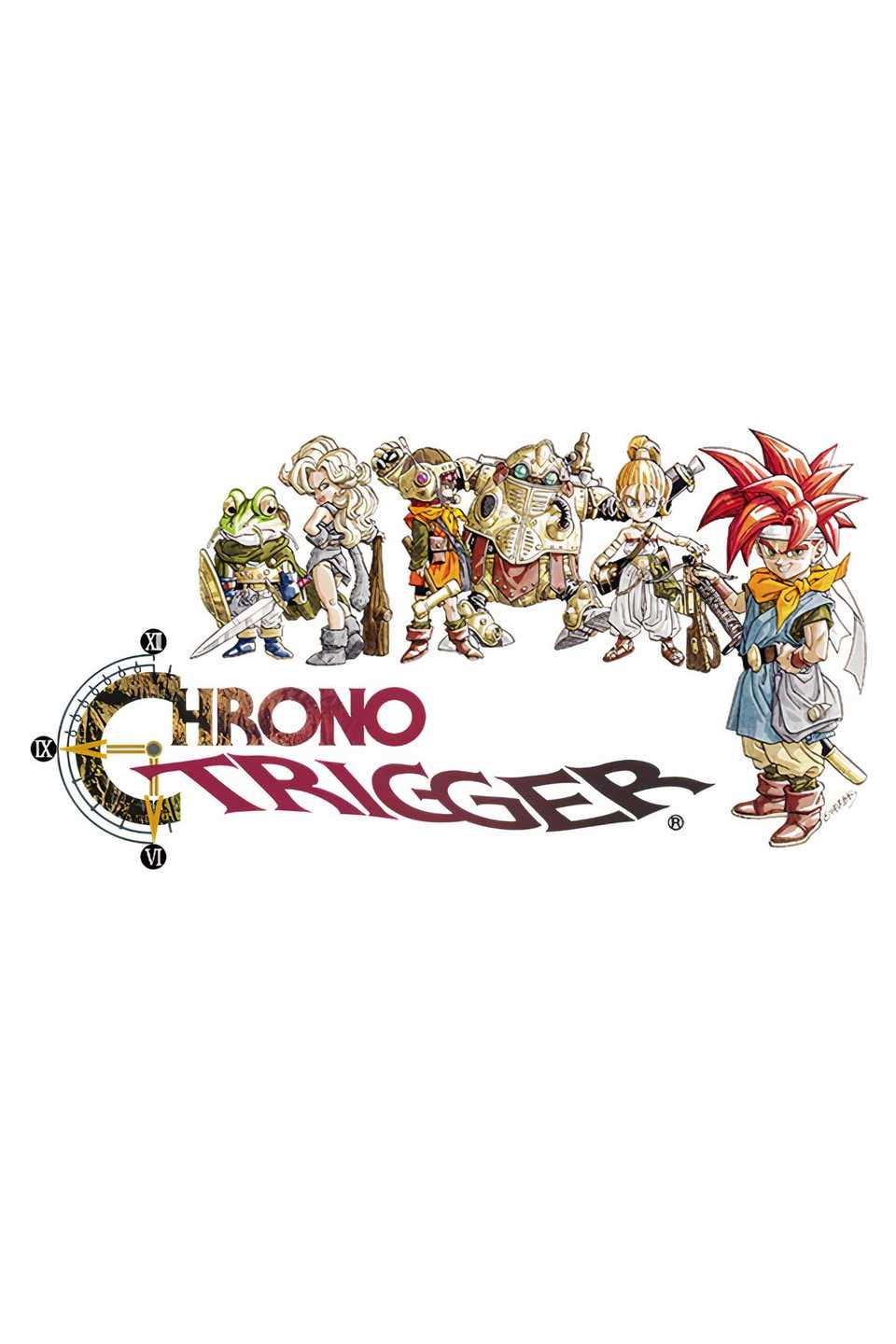
JRPGs are known for grand adventures, memorable characters, and fantastic worlds packed with interesting details. They’re also known for the grind. Even in JRPGs where you don’t actually have to set aside time to grind levels, high encounter rates can often make regular exploration feel like an endless succession of the same battles.
For some people, grinding is a lot of fun. For others, it starts to feel a lot more like work than play. If you’re in the latter camp, you don’t need to swear off JRPGs entirely. Some of the greatest JRPGs ever made have little to no grinding, keeping up the pace with a nice balance of encounters that never becomes a drag.
Final Fantasy 7 Keeps Up The Pace
Like every Final Fantasy game until FF12, Final Fantasy 7 is full of random encounters. Unlike most of them, however, it makes serious efforts to avoid any sense of a grind. Battles play out quickly, and whenever you start to feel like you’ve had your fill of fighting, you’re probably on the verge of a pivot to a submarine mini-game or snowboarding sequence.
I played several other Final Fantasy games before I played FF7, and the difference in pacing between, say, FF9 and FF7 is night and day. Neither requires grinding, but if you want to avoid any sense of sluggish combat or repetition, FF7 is the way to go. While FF8 takes the further step of making grinding essentially pointless, FF7‘s pacing is hard to beat.
Suikoden 2 Balances Characters
The biggest claim to fame for the Suikoden series is its massive cast of characters. In Suikoden 2, you can recruit a total of 108 party members, although you won’t be using them all at any given time. To make this work, Suikoden 2 hands out a generous supply of XP whenever underleveled characters are engaged in combat, so you’ll never need to grind to keep your party competitive.
Suikoden 2 also has some of the best pacing in the series, and the frequently low encounter rate keeps everything moving along nicely. It can be a bit erratic, but if you ever feel like you’re getting hit with a lot of encounters, you’ll probably enjoy a lull soon after.
Like A Dragon: Infinite Wealth Cuts The Grind
The Yakuza/Like a Dragon series was never grindy, but it was never a traditional JRPG series either. That changed to some degree with Yakuza 7: Like a Dragon, which introduced turn-based combat and featured a massive level spike at one point in the story that asked players to grind before proceeding.
The follow-up Like a Dragon: Infinite Wealth took a step back, retaining the turn-based combat while eliminating the need for grinding. Even if you prefer the brawling action of other Yakuza games, the combat system here is so creative and versatile that you’ll likely have a good time.
Tales Of Symphonia Lets You Decide
Rather than random encounters, Tales of Symphonia scatters visible enemies across the map, and you can often manage to run past them if you’re not in the mood for a fight. This was a big shake-up from previous games in the Tales series, but if you’re not a fan of grinding, it’s a very welcome one.
While you’ll still have to fight plenty of enemies in Symphonia, the game is easy enough for you to skip some fights here and there without paying the price for it. The action-based combat system also feels faster-paced than most turn-based alternatives, further helping to avoid any feeling of slowdown. Most importantly, Tales of Symphonia is a fantastic game across the board, delivering a great story and a world full of charm.
Xenoblade Chronicles 2 Has A Helpful Mechanic
Any game with Xeno in the title is unlikely to have much grinding, but Xenoblade Chronicles 2 brought the biggest advancement of any. In Xenoblade Chronicles 1, it was easy to become overleveled just by doing side quests and exploring, which already meant that grinding was unnecessary. It did, however, make it hard to maintain a proper difficulty balance if you wanted to retain some challenge.
Xenoblade 2 added a Bonus XP system that allowed you to hold XP gained through side quests and level up at your own discretion. This way, you can leave that XP lying around to keep things challenging. Reach a boss with a difficulty spike? No need to grind — just dip into that pool of Bonus XP and try again. While Xenoblade Chronicles 2 isn’t the best game in the series overall, this particular system deserves a lot of credit.
Atelier Sophie Hands You The Reins
Whether they have grinding or not, most JRPGs have a pre-determined sense of pacing. You’ll need to visit a sequence of major areas and dungeons in a roughly linear order, and you’ll need to complete plenty of fights as you do so. The Atelier series, on the other hand, puts the reins in the player’s hands.
With a focus on gathering ingredients for alchemical concoctions, you’ll need to venture into dangerous areas to complete your recipes. When you do so and where you go, however, is often entirely to your discretion. You’re free to avoid combat with any creatures you don’t want ingredients from, and when you do choose to engage, you can take that supply of bombs you’ve been crafting with you. Start with any game you like, but Atelier Sophie is a good one for newcomers.
Paper Mario: The Thousand-Year Door Is Just Fun
The Paper Mario games are JRPGs through and through, but they’re also intended to appeal to an audience as wide as virtually any other Mario game. One part of that broad appeal lies in their fundamental approachability, which mildly de-emphasizes the importance of leveling. It’s certainly helpful, but the damage you’ll be dealing is more based on your skill with timing than your level.
You won’t need to grind at all to beat The Thousand-Year Door, and even if you wanted to, the benefits fall off pretty quickly. The Pit of 100 Trials is a different story, but if you’re just looking to beat the game without a grind, you can ignore it entirely.
Trails In The Sky Disincentivizes Grinding
Not only do Trails games avoid an emphasis on grinding, but they also have active mechanics in place to combat the utility of grinding. EXP in Trails is adjusted depending on your level and the level of the enemies you fight, so if you ever fall behind, you’ll get bigger EXP drops to make up for it. Grinding, meanwhile, will quickly prove fruitless, as you’ll start getting diminishing EXP returns.
Thanks to a new remake, you’ve also got two choices about how to play Trails in the Sky. Both feature EXP adjustment systems, so you can avoid grinding in either. For a particularly frictionless experience, the remake adds Very Easy and Easy modes, but Normal on either version still shouldn’t involve any grind.
Fire Emblem: Path Of Radiance Has No Grind
Fire Emblem games are never focused on grinding, and many don’t allow it at all. That’s the case for Fire Emblem: Path of Radiance, where you’re not going to find any optional replayable battles. Every fight counts, because that’s all the XP your characters are going to get.
Of course, you’ll have to enjoy strategy to enjoy Fire Emblem, as the tactical maps are a far cry from the experience found in typical JRPGs. With so many strategic opportunities, though, the last thing Fire Emblem will ever feel is repetitive. Unless you’re resetting one fight over and over to avoid losing a unit, that is.
Chrono Trigger Is Still The Greatest
Cutting down on repetitive random encounters has become increasingly common over the years, but one of the greatest RPGs of all time did it before it was cool. While Chrono Trigger shares a lot of DNA with Final Fantasy, it doesn’t share the random encounters. Every fight in Chrono Trigger is placed by hand, so you’ll never feel like a wicked algorithm is beating you down indiscriminately.
Of course, this also means that you won’t get to dodge many fights, but you probably won’t want to. With a 25-hour runtime, Chrono Trigger is lean and mean by JRPG standards. 30 years later, Chrono Trigger‘s cast of fun characters and a story spanning eras make every second of that time worthwhile.

















